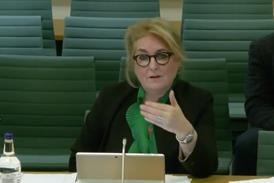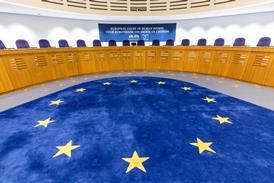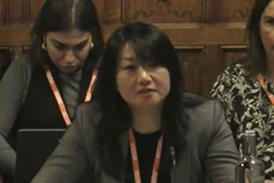The next phase of the Law Society review will focus on Council.
As many of you know, a review of the governance of the Law Society is under way and work continues to push forward our modernisation agenda to represent, promote and support our strong, independent and diverse profession. We are still keen to hear from our members as we consider any changes.
Alongside agreeing a new strategy in 2015, your Law Society Council also decided it is the right time to review the way your organisation is governed. Some decisions have already been made, in particular the introduction of a main board with non-council solicitor and lay input. This board’s first task would be to review the other board and committee arrangements, but before these changes are implemented, the review is now moving into its next phase, with consideration of the Council itself.
This is a critical time for the profession, with market and regulatory changes putting us in the spotlight. It is essential therefore that your professional body is in the best shape to represent the interests of you, our members. The inner workings of the Law Society can seem a long way from day-to-day practice, but the review takes the opportunity to ensure connections with members are strong and reflect the demographics of the profession.
Before you can consider how you would like to be represented and your Society to be governed, you will want to understand how the structure works now.
We have a Council of 100 volunteer solicitors; 61 represent geographic areas that are open to election on a four-year cycle; the balance represent special interest groups covering practice areas and demographic groups, and are appointed.
Council currently meets in London seven times a year.
The Council agrees the strategic direction of the Society’s work, including the annual business plan and budget, changes to Law Society policy and rules, and the focus of our efforts on behalf of our diverse membership.
We also currently have four boards covering Management, Legal Affairs and Policy, Membership and Regulatory Affairs. These are populated by council members who elect one of their peers to be chair of the committee.
Council members also elect a deputy vice-president from their number each year, with the general rule being that he or she succeeds the following year as vice-president, and as president the year after that. As the outcome of this stage of the review is likely to emerge while I am president, I am taking a keen interest in making sure we talk to our members as we go.
In addition to Council and Boards, we have a range of policy committees which provide the specialist expertise to enable us to support our members. These committees are made up of volunteers who bring their detailed knowledge of an area of law. They help us develop best practice notes and consultation responses to offer support to the practice of our members and inform the legislative environment.
As president, I am chairing the next phase of the Governance Review Group. In addition to some Council members from diverse backgrounds and areas of practice, the group now includes expertise from local law societies and associations.
We have been seeking input from members, local law societies and others as we have begun to consider changes. The email address – representation@lawsociety.org.uk – remains open for your thoughts. We also plan to consult more formally with the membership as we now begin to review our Council to ensure the Law Society represents our increasingly diverse membership.
Robert Bourns is president of the Law Society




























No comments yet